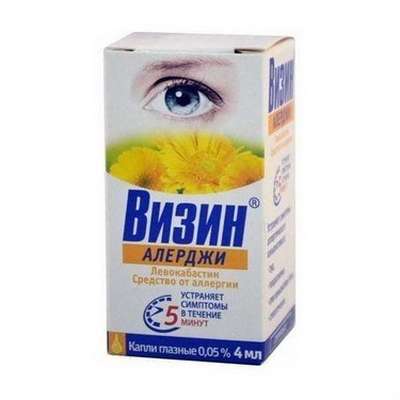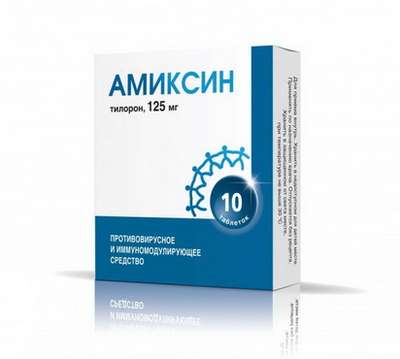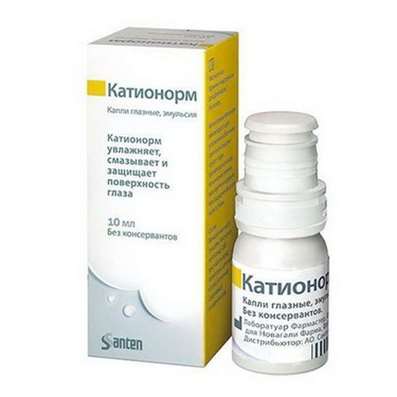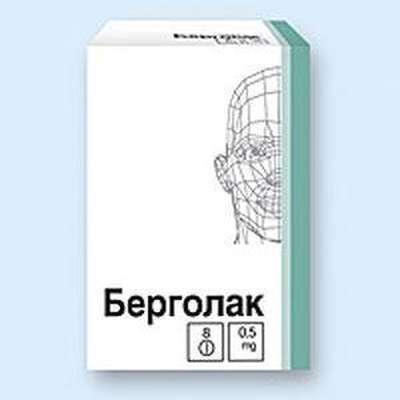Instruction for use: Zinc oxide (Zinci oxydum)
I want this, give me price
Pharmacological group
Antiseptics and disinfectants
dermotropic means
Nosological classification (ICD-10)
B00.9 Herpetic infection, unspecified
Herpes face, Herpes mucous membranes, Herpes-viral infections, Herpes-viral infections of various localizations, Herpetic infection, Herpetic infections, Herpetic lesions, Latent herpetic infection, Neonatal herpes, Recurrent herpetic infection, Chronic recurrent herpesvirus infection, Chronic recurrent herpetic infection, Acute herpetic disease of the mucous membranes, Recurrent herpes
L08.8 Other specified local infections of skin and subcutaneous tissue
Ecthima
L25 Contact dermatitis, unspecified
Intertriginous dermatitis, Contact Eczema, Contact dermatitis, Contact dermatitis of non-microbial etiology, Contact dermatitis, Skin wetting surface, Fractures, Intertrigo,Skin Difficulty, Subacute and chronic contact dermatitis, Phlebotoderma, Simple contact dermatitis complicated by impetigo
L30.4 Erythematous intertrigo
Erythema of the buttocks, Dermatitis traumatic, Intertrigo, Interdigital intertrigo
L30.9 Dermatitis, unspecified
Allergic dermatoses complicated by a secondary bacterial infection, Anal eczema, Bacterial maturation, Varicose Eczema, Venous dermatitis, Inflammation of the skin, Inflammation of the skin upon contact with plants, Inflammatory Skin Diseases, Inflammatory skin reactions, Inflammatory processes of the skin, Hypostatic dermatitis, Fungal Eczema, Fungal dermatosis, Dermatitis, Dermatitis is stagnant, Dermatitis and eczema in the anal area, Dermatitis acute contact, Perianal dermatitis, Dermatosis, Dermatosis of the scalp, Dermatosis of psoriasis, Dermatosis with persistent itching, Dermatoses, Dermatoses itchy, Other itching dermatoses, Significant eczematous manifestations, Itching with, dermatoses, Itching eczema, True eczema, Skin reaction to insect bites,Skin itching with dermatosis, Constitutional eczema, Weeping eczema, Drowsing inflammatory skin disease, Dying Infectious-Inflammatory Skin Disease, Non-allergic dermatitis, Nummular eczema, Acute contact eczema, Acute inflammatory skin disease, Acute dermatosis, Acute severe dermatosis, Perianal dermatitis, Superficial dermatosis, Subacute Contact Eczema, Simple dermatitis, Occupational dermatitis, Psychogenic dermatosis, Bubble dermatitis of newborns, Pustular eruptions, Irritation and redness of the skin, Low-flammable eczema, Dry atrophic eczema, Dry eczema, Toxic dermatitis, Ear eczema like dermatitis, Chronic eczema, Chronic dermatosis, Chronic common dermatosis, Scaly papular dermatosis, Eczema, Eczema anal region, Eczema of the hands, Eczema Contact, Eczema lichenized, Eczema Nummular, Eczema acute, Eczema acute contact, Eczema subacute, Eczematous dermatitis, Eczema-like rashes, Ecome exogenous, Endogenous eczema, Gluteal dermatitis, Restricted itchy dermatitis
L56.2 Photocontact dermatitis [berloque dermatitis]
Photoallergic contact dermatitis
L89 Decubital ulcer
Decubital gangrene, Bedsores, Bedsore, Secondary-infected bedsores, Gangrene decubital
T14.0 Surface injury of unspecified body region
Abrasions, Scratch, Skin Wounds, Wounds of soft tissues, Hematoma, Hematoma of traumatic origin, Hematomas, Hematomas of muscles, Hematomas of soft tissues, Healing of the skin, Bruise, Bruising due to sprains and bruises, Microtrauma, External bruises, Small combing, Superficial hematoma, Superficial damage to the skin and mucous membranes, Subcutaneous hematoma, Post-traumatic hematoma, Post-traumatic disturbance of microcirculation, Skinness of the skin, Traumatic plexus lesions, Injury, Contusion of soft tissues, Joint bruise, Traumatic bruises, Traumatic injury, Primary treatment of surface contaminated wounds, Abrasion, Bruise
T14.1 Open wound of unspecified body region
Secondary healing processes, Sluggishly granulating wounds, Sluggishly healing wounds, Sluggish wounds, Deep Wounds, Purulent wound, Granulating wounds, Prolonged non-healing wound, Long-lasting non-healing wound and ulcer, Long-lasting non-healing soft tissue wound, Healing of wounds, Wound healing, Capillary bleeding from superficial wounds, Bleeding wound, Radiation Wounds, Slowly epithelializing wounds, Minor cuts, Suppurated wounds, Violation of wound healing processes, Breach of skin integrity, Violations of the integrity of the skin, Violations of the integrity of the skin, Small cuts, Uninfected wounds, Uncomplicated wounds, Operating wound, Primary treatment of surface contaminated wounds, Primary wound treatment,Primary-delayed treatment of wounds, Poorly cicatrizing wound, Poor wound healing, Bad wound, Superficial injury, Superficial wound with mild exudation,Wound, The wound is large, Bite wound, Wound process, Wounds, Wound healing wounds, Stump Wounds,Wounds for gunshot, Wounds with deep cavities,Difficult healing wounds, Difficult wounds, Chronic Wounds
T30 Thermal and chemical burns, unspecified
Pain syndrome with burns, Pain in burns, Pain with burns, Sluggishly healing post-burn wounds, Deep burns with a wet scab, Deep burns with abundant compartments, Deep burn, Laser burn, Burn, Burn of rectum and perineum, Burn with mild exudation, Burn disease, Burn injury, Superficial burn, Superficial burn of I and II degree, Superficial skin burns, After-burn trophic ulcer and wound, Post-burn complication, Loss of fluid in burns, Sepsis burn, Thermal burns, Thermal skin lesions, Thermal burn, Trophic after-burn ulcers, Chemical burn, Surgical burn
CAS 1314-13-2
Characteristics of Zinc oxide
Anti-inflammatory for topical use. White or white with a yellowish hue amorphous powder odorless. Absorbs carbon dioxide from the air. Virtually nerastvorim in water and ethanol, soluble in diluted mineral acids and acetic acid, in solutions of alkalis.
Pharmacology
Pharmacological action - antiseptic, astringent, drying.
Forms albumins and denatures proteins. When applied to the affected surface of the skin reduces the severity of exudative processes, eliminates local manifestations of inflammation and irritation; has an adsorbing effect, forms a protective coating on the skin, which reduces the effect of irritants on it. Apply externally in the form of powder, ointment, paste, liniment.
Application of Zinc oxide
Dermatitis, including diaper dermatitis (treatment and prevention), diaper rash, sweating; superficial wounds and burns (including sunburn, cuts, scratches), ulcerative skin lesions (including trophic ulcers), pressure sores; eczema in the acute stage, herpes simplex, streptoderma.
Contraindications
Hypersensitivity.
Routes of administration
Outwardly.
Precautions for Zinc oxide
Avoid contact with eyes.

 Cart
Cart





